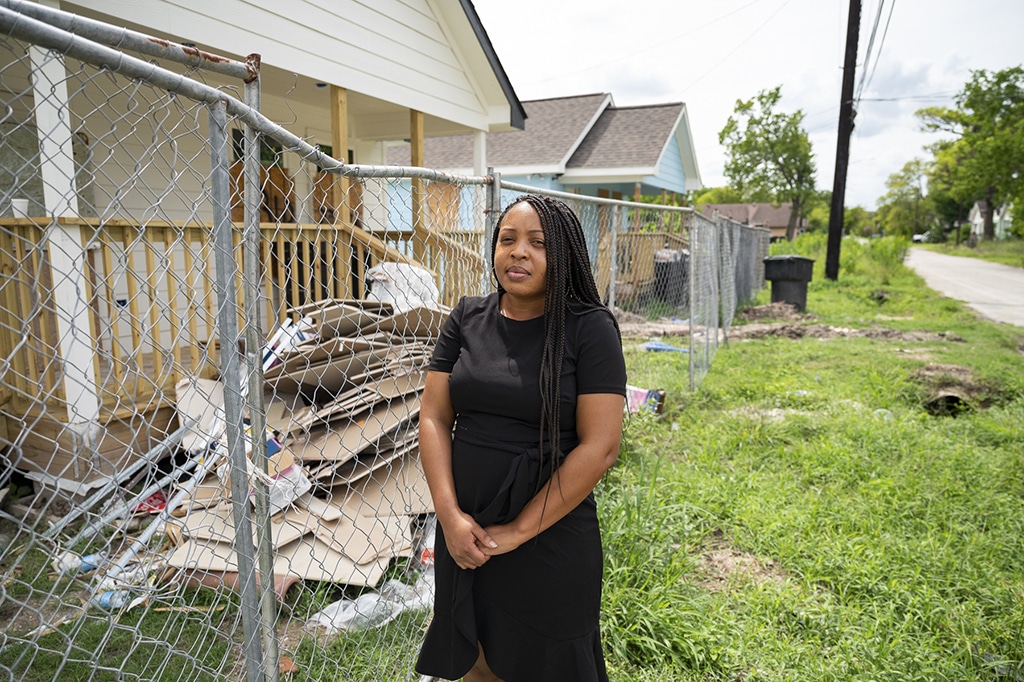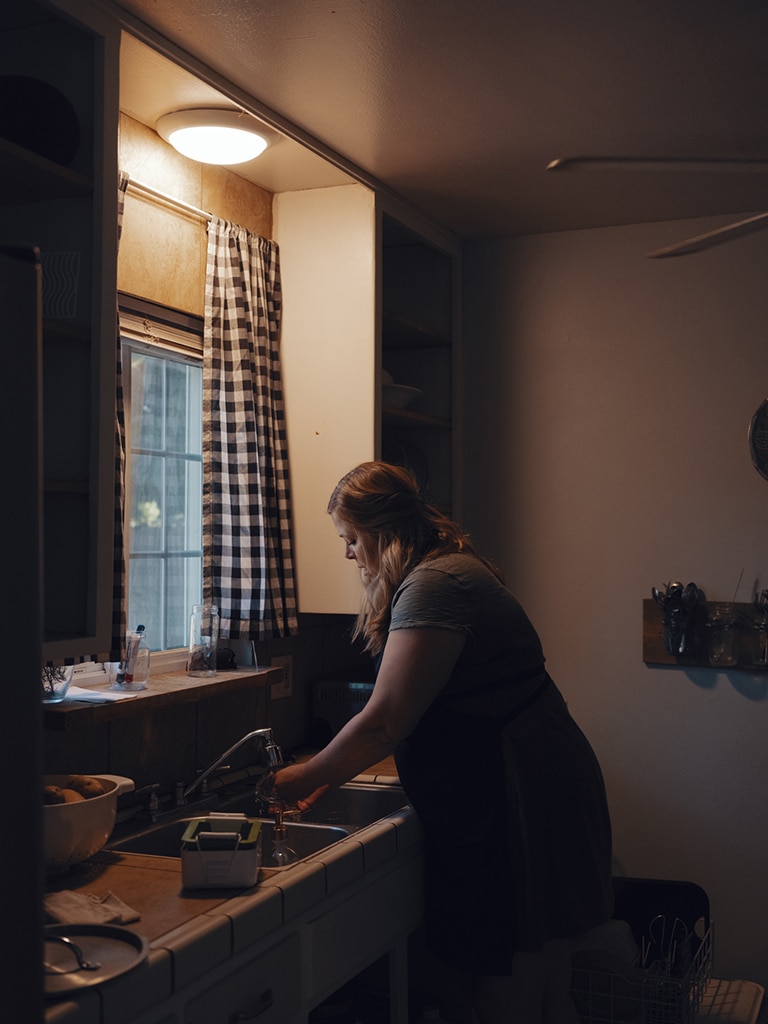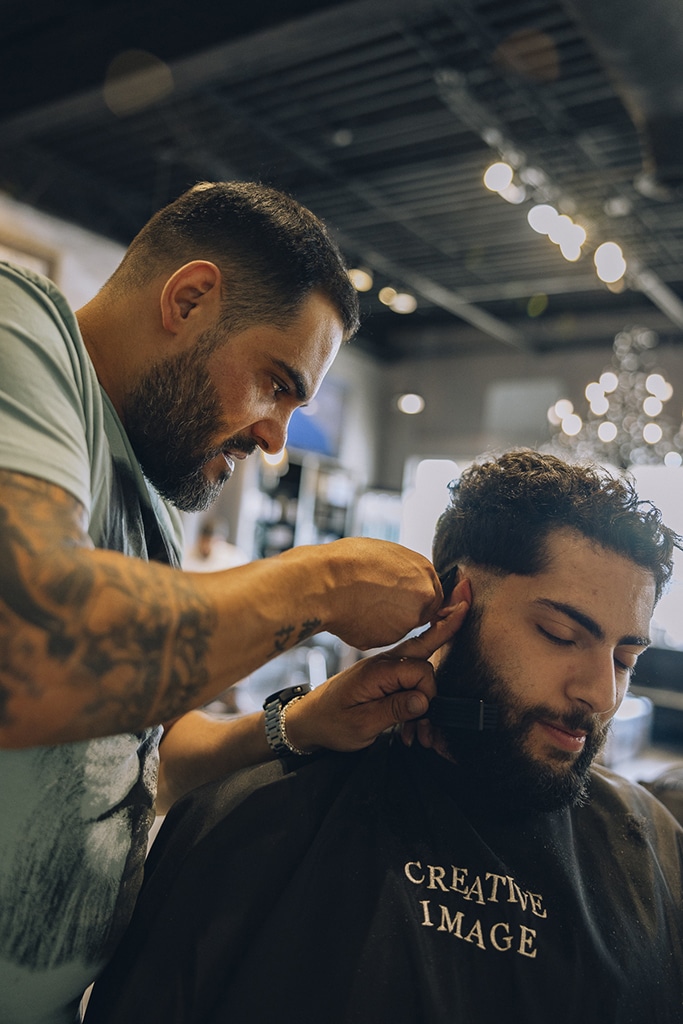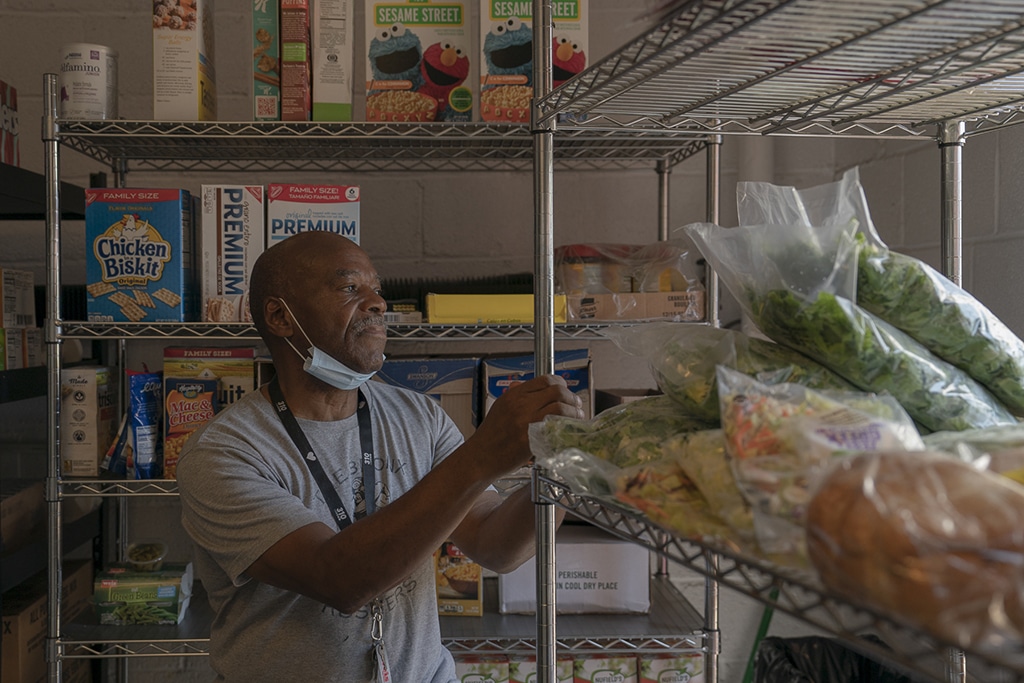Faces of America: Getting By in Our Economy

In the 1930s, amid the greatest economic crisis in American history, President Franklin Delano Roosevelt launched numerous initiatives to help the nation get back on its feet, among them a documentary photography project. From 1935 to 1944, the Farm Security Administration commissioned more than a dozen photographers to record conditions in the country’s hard-hit rural areas. The photographers’ mission was to “introduc[e] America to Americans,” to highlight people who had been overlooked.
The economic situation in the United States today bears little resemblance to the Great Depression. However, many challenges facing Americans today would feel familiar to the FSA photographers of the 1930s. Even after significant improvements over the last few decades, many households lack financial stability, and many communities are not able to provide residents opportunities for a better life. These economic problems are intertwined with challenges facing American democracy. Many of those who have not benefited from economic growth—and even many who have—feel left out of institutions they believe do not look after their interests.
At this moment of increased distrust, it is important once again to introduce America to Americans.


Faces of America: Getting By in Our Economy sets out to do just that. A project of the Commission on Reimagining Our Economy from the American Academy of Arts and Sciences, this exhibit is made up of images that capture life for working people in the twenty-first-century American economy.
Faces of America seeks to redefine typical images of the economy. Rather than focus on the very rich or the very poor, the Commission engaged four photographers—Caroline Gutman, Maen Hammad, Cindy Elizabeth, and Adam Perez— to capture what it looks like to try to get by in the United States today in communities that fall around the national median income ($70,784 for a household in 2021). The photographs capture Americans in these communities at work, at home, and volunteering to help their neighbors.
Faces of America is divided into three sections that correspond to the values that inform the Commission’s work:
- Opportunity and Mobility: The ways Americans are building better lives for themselves.
- Security: How Americans are meeting their basic needs, as well as their efforts to achieve stability.
- Democracy: The extent to which Americans feel their voice matters in improving their local government and their nation.
This project aims to center median-wage workers in images of the economy and in discussions of economic policy. By introducing these Americans to America, the Commission hopes to offer a new portrait of how Americans are doing and how the nation’s economy and democracy might be reimagined.
Please note the images in this exhibit are not for sale at this time.

